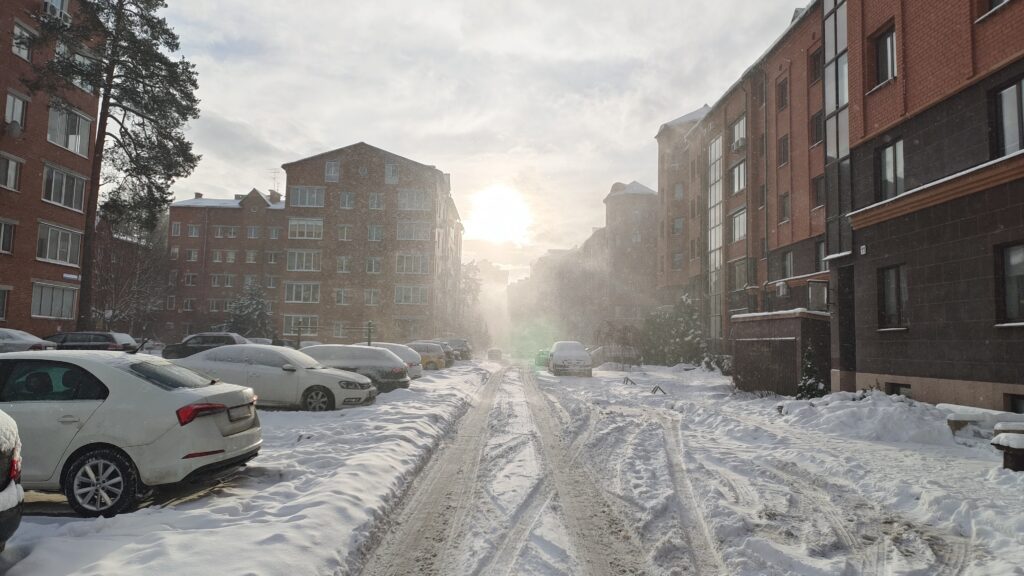Millions of Americans face disrupted travel and hazardous conditions as a massive winter storm approaches. Forecasters predict snow, ice, and freezing rain will impact much of the country over the next few days.
The storm will hit the Central Plains Saturday, spread into the Ohio Valley Sunday, and reach the Mid-Atlantic by late Sunday into Monday. Northeastern Kansas and north-central Missouri could see over 15 inches of snow. “For some, this could be the heaviest snowfall in over a decade,” said the National Weather Service.
Blizzard conditions and whiteouts are likely in the Central Plains, creating dangerous or impossible driving conditions. Indiana and central Kansas may receive at least 8 inches of snow. Eastern Kansas and the Ozarks will face sleet and freezing rain, leading to hazardous travel. The Central Appalachians are at risk for power outages due to ice accumulation.
Widespread Winter Weather Alerts in Place
Winter storm warnings and weather advisories span from western Pennsylvania to western Maryland, with snow totals of at least 6 inches expected. Lake-effect snow warnings continue for northeast Ohio, northwest Pennsylvania, and parts of New York. Snowfall could reach 1 to 2 feet in these areas.
“Over a dozen states will feel the impact of this storm,” said AccuWeather Meteorologist Brandon Buckingham.
Winter storm alerts are widespread:
- Winter Storm Warning: 32.5 million people, from Kansas to Virginia.
- Winter Weather Advisory: 14.6 million people, including parts of Montana, the Dakotas, and Colorado.
- Winter Storm Watch: 11.7 million people, mainly in Maryland and Delaware.
A winter storm watch indicates conditions favorable for life-threatening storms. Warnings are issued for severe snow, sleet, or freezing rain.
Dangerous Travel and Bitter Cold Ahead
Forecasters warn of severe travel delays in the Central Plains and Ohio Valley due to blizzard conditions, with winds over 35 mph and heavy snow. “Whiteout conditions will make roads impassable and pose a high risk of motorists becoming stranded,” said the National Weather Service.
From eastern Kansas to the Ozarks and Ohio Valley, fallen trees and power outages are likely, with over a quarter-inch of ice expected. Dangerous travel is also forecast in these areas.
After the storm passes, lingering cold air will keep snow and ice on the ground for days. Much of the country will experience colder-than-average temperatures next week, with some areas seeing temperatures 10 to 20 degrees below normal. Single-digit overnight lows in the Midwest could become life-threatening if power outages persist.
“Brutally cold temperatures will dominate the upcoming week,” forecasters in St. Louis, Missouri, warned.
